Hey there friends,
As some of you know, I spent a good chunk of 2020 trying to make a YouTube career happen. As some of you also know, I am garbage at accepting help with just about everything, and video production isn’t exactly the easiest thing to do entirely by yourself with zero experience. Eventually, it got to be too much, and I abandoned the project.
Now though, it’s a new day, and I’m resurrecting my food history channel as a podcast. On Why Do We Eat That? I’ll be exploring the origin stories behind beloved foods. If you ever wanted to know who really invented peanut butter, what possessed people to try to eat durian, or makes corn both really good for you or kinda bad for you depending on who prepares it, you’ve come to the right place.
Along with the launch of this show, I’m pulling the trigger on paid subscriptions. Each episode of the show, along with a transcript and supplemental images, will be made available to paid subscribers, ad-free, and before it’s uploaded to podcast apps. There are a couple of minor audio glitches, but it’s our first outing here, and perfection is fake. This one is free because you’re all cute and I like you.
This first script was written as a YouTube video, so it’s not quite as thorough by itself as I’d like future episodes to be. In the future, I’m hoping to bring on guests both culinary and academic to comment (and to get the length past 10 minutes—nobody likes a short podcast—but for now, you’re going to have to settle for my dulcet tones in isolation.
Anyway, I hope you enjoy it!
Below is an episode transcript, and I’m so excited to hear what you think.
Why Do We Eat That? Episode 1: Pineapples, European Nobility, and Hawaiian Geopolitics
Hello and welcome to Why Do We Eat That?, the podcast about the unbelievable, amazing, occasionally horrifying true stories about all your favorite things to eat. On this show, we’re going to learn all about what first lady Dolly Madison has to do with ice cream, what your favorite beer has to do with ancient Egypt, how pad Thai was invented as a tool of culinary propaganda by the Thai government, and much, much more.
I’m Lizzy Saxe, a food, society, and pop culture writer. My work has appeared in a bunch of fancy outlets like Forbes, Vice, and Literary Hub, and one of my essays nearly made it into Best American Food Writing 2021. That’s all very well and good but you should trust me to host this show because I am obsessed with food.
There’s a note in my baby book that says “seems interested in people food.” I’ve guest lectured about food culture in college courses, I used to volunteer for the Museum of Food and Drink, and I’m basically a walking culinary encyclopedia.
This first episode is an experiment as much as anything, so bear with me while I figure things out. It was originally intended to be a YouTube video, and it’s a tiny bit less thorough than I want future episodes to be, but we’re starting out strong here regardless because I’m telling you all about the absolutely batshit history of pineapples. Did you know that there is a house in Scotland with a gigantic pineapple on top of it? Or that the Dole Plantation in Hawaii used to have a water tower shaped like a pineapple? Did you know that they’re originally from South America?
Yeah, that’s all true. So strap in, folks, you're in for a wild ride.
Once a symbol of wealth and power, pineapples are associated with everything from Hawaiian sunsets to hospitality to Hawaiian pizza, which is kind of ironic. They’re from South America, they’re just fruit, and Hawaiian pizza was invented in Canada by a Greek immigrant.
Oh, and technically, they’re trying to eat you. No, seriously, that weird tingly sensation is from a chemical called bromelain that is trying to digest you even as you digest it.
Pineapples rocketed to fame in the Western world in 1493 because of colonizer in chief Christopher Columbus. Columbus first encountered pineapples, and quite possibly cannibalism, on the Caribbean island of Guadaloupe, and immediately fell in love with the sugary fruit. Indigenous peoples in the Americas had been eating pineapples for generations by this point—they were cultivated by the Incas and throughout South America long before anyone “discovered” them.
According to Tamra Andrews in Nectar and Ambrosia: An Encyclopedia of Food in World Mythology, “The pineapple symbolized friendship and hospitality to the Caribs. These people often hung pineapples outside their huts as a kind of welcome mat, inviting people to visit.” European nobles glommed on to that symbolism with everything they had.
Since they were unused to both tropical fruit and sugary foods in general, Europe’s elite classes immediately claimed the spiky things as their own. And thus began one of the weirdest stories in all of food history.
Pretty quickly, pineapples became The King of Fruits. They could cost as much as $10,000 in modern money.
See, it took 200 years for Europeans to figure out how to grow pineapples in their wet, cold climate, and their methods for doing so were initially...questionable. There was a lot of coal and horse manure involved in heating the early greenhouses, and the plants were just as likely to die from the resulting fumes as ripen. Eating one, even one that was actively rotting and may not have been all that safe to begin with, was considered absurdly cool, if somewhat wasteful.
Only the most impressive households could use pineapples as centerpieces at their dinner parties, so rental services popped up to let people without quite that much disposable income be seen parading around high society. In an article for the Paris Review, Nina-Sophia Miralles stated that: “A pineapple would be passed from party to party until it began to rot, and the maids who transported the pineapples placed themselves in mortal danger should they be accosted by thieves.”
Can you even imagine being so concerned with making people think you had money that you would steal a pineapple? History is weird, guys.

Pineapples were so expensive that their very image became imbued with a sense of high society and even royalty. As a result, pineapple motifs were quickly incorporated into trendy aristocratic architecture. Concerned about the expense of consistently having real pineapples on hand? No problem. Just put pineapple carvings all over your house to let every potential visitor know you will do your absolute best to take care of them.
Pineapples are also weirdly important in geopolitics. While it’s not known precisely when pineapples first made it to Hawaii, their arrival predates the Christian missionaries who introduced their way of life, a devastating smallpox epidemic, and American business interests to the sovereign island nation. That smallpox epidemic killed off 75% of indigenous Hawaiians, and those Christian missionaries were followed by enough agriculturally minded white American businessmen that by the 1880s, Hawaiian crops were being sent to the States in droves.
The thing is, though, those sugar and pineapple growers didn’t love the idea of being ruled by the native Hawaiian monarchy. They believed in manifest destiny or whatever, and more to the point, they wanted power.
In 1887, a group of wealthy plantation owners got together and forced King Kalakaua to sign the Bayonet Constitution—so-called because he signed it at gunpoint—a document that massively limited his powers as monarch. The King’s sister and successor, beloved Queen Liliuokalani, did everything she possibly could to reinstate Hawaiian sovereignty in the following years, but to no avail.
By 1894, Sanford Dole, a lawyer and former missionary who was instrumental in coup number one, served on Liliuokalani’s Privy Council, and politely declined to actively participate in coup number two, became President of the Republic of Hawaii.
If you think that name is notable, you’re right. In 1899, once Sanford Dole had complete control of the islands, his 22-year-old cousin, James Drummond Dole, came to Hawaii to make his fortune. James Dole, seeing a problem in the slow, rot-prone pineapple shipping industry, decided to start canning the saccharine fruits and make a former luxury commonplace. His plan was initially described as a “foolhardy venture” in the local press since Dole knew nothing about canning when he started. But he knew the power of delegation—Dole hired someone to invent machinery that let him can 100 pineapples a minute—and advertising.
By 1921, his Hawaiian Pineapple Company had turned pineapples into the biggest cash crop in what was by then a US Territory. By 1923, Dole ran the largest pineapple packing operation in the world. His ads encouraged housewives to insist on Hawaiian pineapple, and those ads were good.
As I discussed in my Jell-O video, when anything unattainable suddenly becomes affordable, it immediately catches on. Throughout the 1920s, canned pineapple was one of the coolest things you could eat. By the 1930s, most of the world’s pineapples were produced in Hawaii, and the industry employed about 3,000 workers.
The industry fell apart in the 1960s. Picking pineapples is incredibly labor-intensive, and Hawaiian real estate (not to mention American labor) was getting pricier and pricier. Now, your pineapples are probably from Costa Rica or the Philippines. Today, only 13% of the world’s pineapples are grown in Hawaii.
But the two remain synonymous. The site of the Dole plantation is now one of the state’s most popular tourist attractions, the second Google image result for “Hawaiian shirt” is covered in pineapples wearing sunglasses, and a distinctly Mormon dish called Hawaiian haystacks—which consists of chicken cooked in canned cream of chicken soup, served over white rice, and topped with pineapple, shredded cheese, black olives, and crispy noodles—is so-called entirely because of the pineapple on top.
I could go on and on here about how short our cultural memories are, the outsized effect advertising has on those cultural memories, and how colonialism and globalization warp our sense of what’s traditional where. But that very global perspective is what creates modern cultures, especially in a place as multicultural as Hawaii.
In an article for Big Island Now, Darde Gamayo says that local cuisine, “is a fusion of many foods brought by the immigrants to Hawai’i – Hawaiian, Chinese, Filipino, Japanese, Portuguese, Puerto Rican, Spanish, and American cuisine to name a few – thrown together harmoniously to create an amazing mixed plate,” and that visitors should maybe skip the pineapple if they’re trying to have a truly Hawaiian experience.
So whether you’re chopping one up for a casual snack, ranting about your indignation at pineapple’s presence on pizza, or simply staring at one for some 15th-century entertainment, at least we can agree that the spiky fruits taste delicious.
Just, ya know, maybe cut into it before the flies start to accumulate?

I hope you enjoyed this first episode of Why Do We Eat That? If you want to send me any questions or comments, check out some of the (many) supplemental images that were originally going to appear in the YouTube video, or just check out more of my work, head over to my website at lizzysaxe.com or subscribe to my Substack newsletter, The Girl With the Garlic Tattoo, where I explore all things edible and imaginary.
Thanks so much for listening, and if all goes well I should be back with a new episode in two weeks.
Recommendations:
Spaghetti Incident: I got to visit this standout spot for the first time in years last weekend, and the gorgonzola pasta with black sesame seeds is still insanely good. Pair it with a glass of Nero d’Avola and a Caprese salad for a simple but memorable meal.
She Who Became the Sun - She Who Became the Sun is a lyrical, whip-smart novel about a young woman destined for nothing, who assumes her brother’s identity and thus his fate since he is destined for greatness. It’s basically Mulan but a lot more brutal and a lot queerer.
Minx and Winning Time - Right now, HBO seems to be knocking it out of the park with shows set in 1970s Los Angeles. Weirdly specific, I know, but hey, whatever works, right?







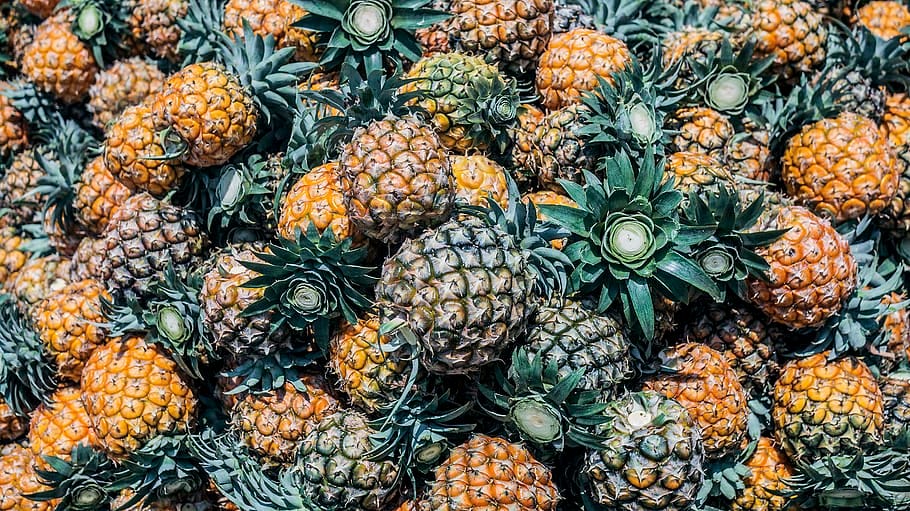

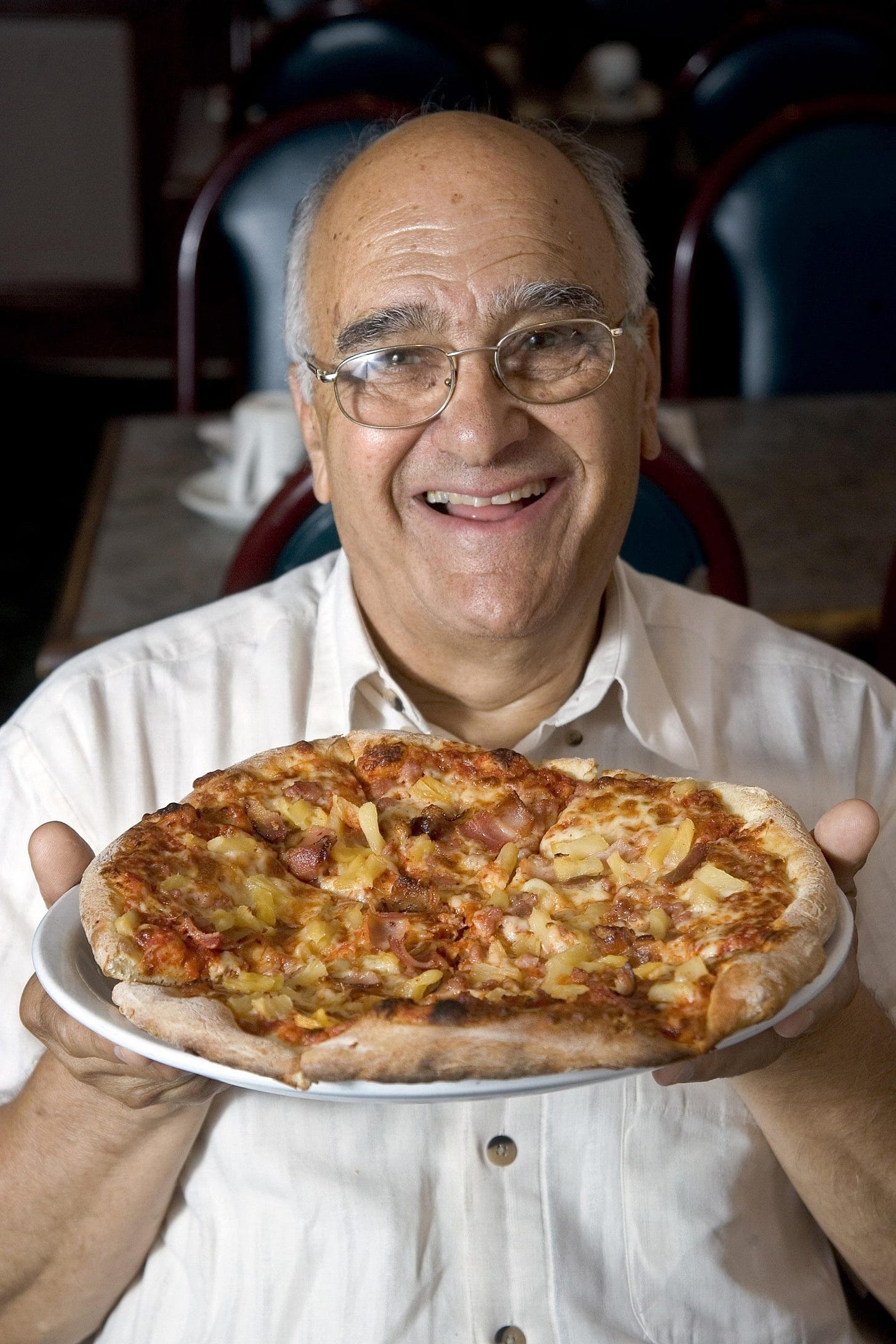
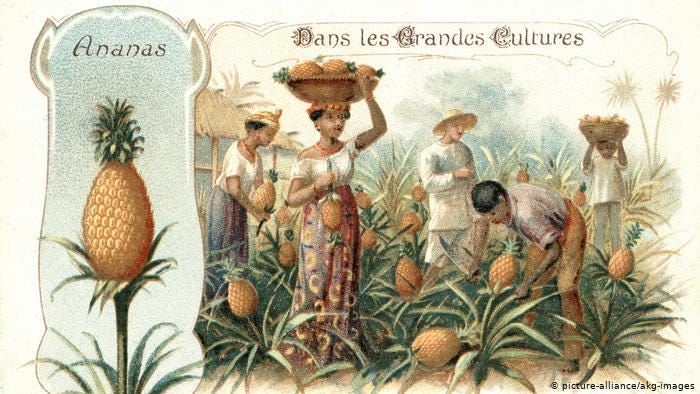

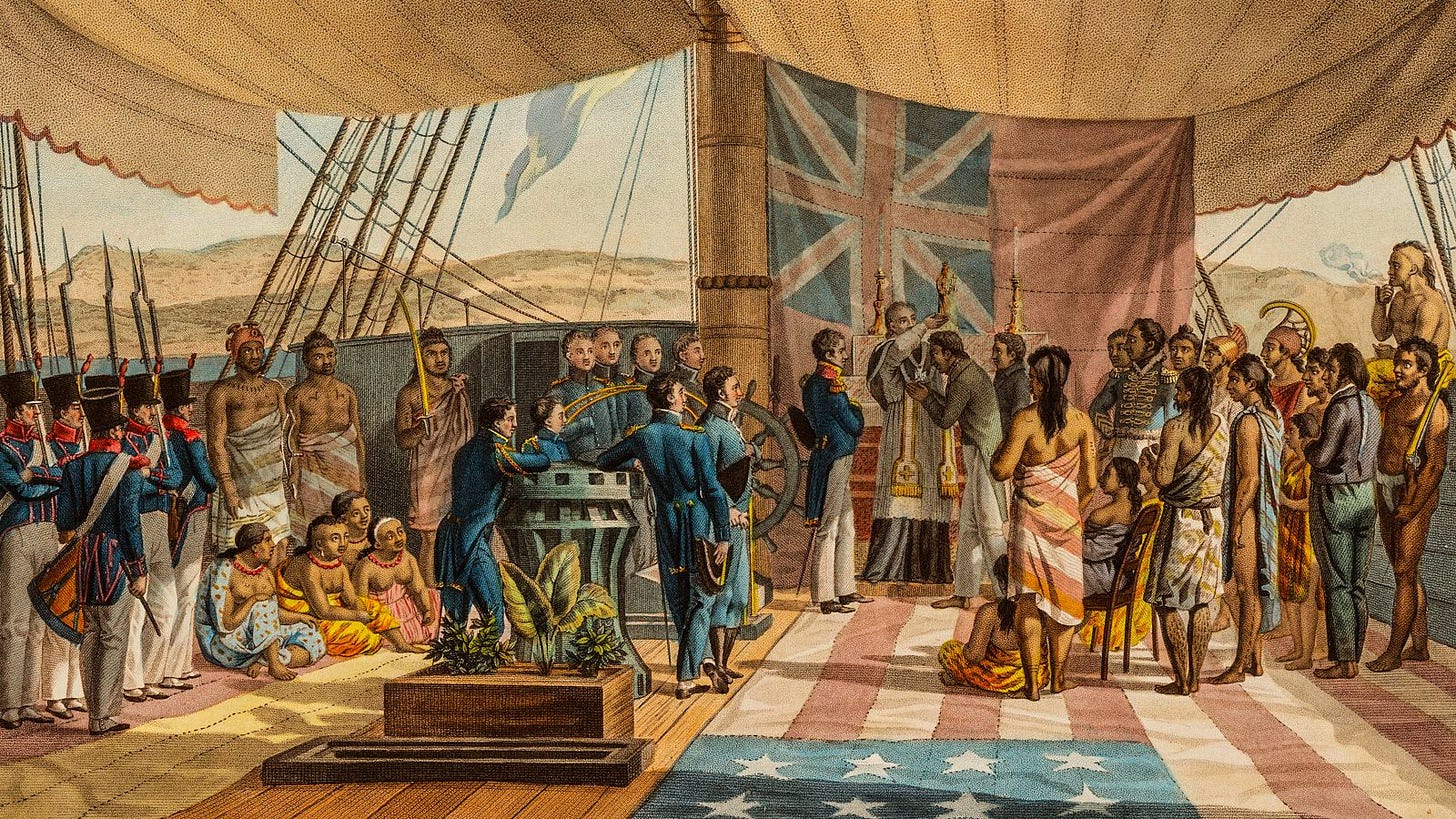

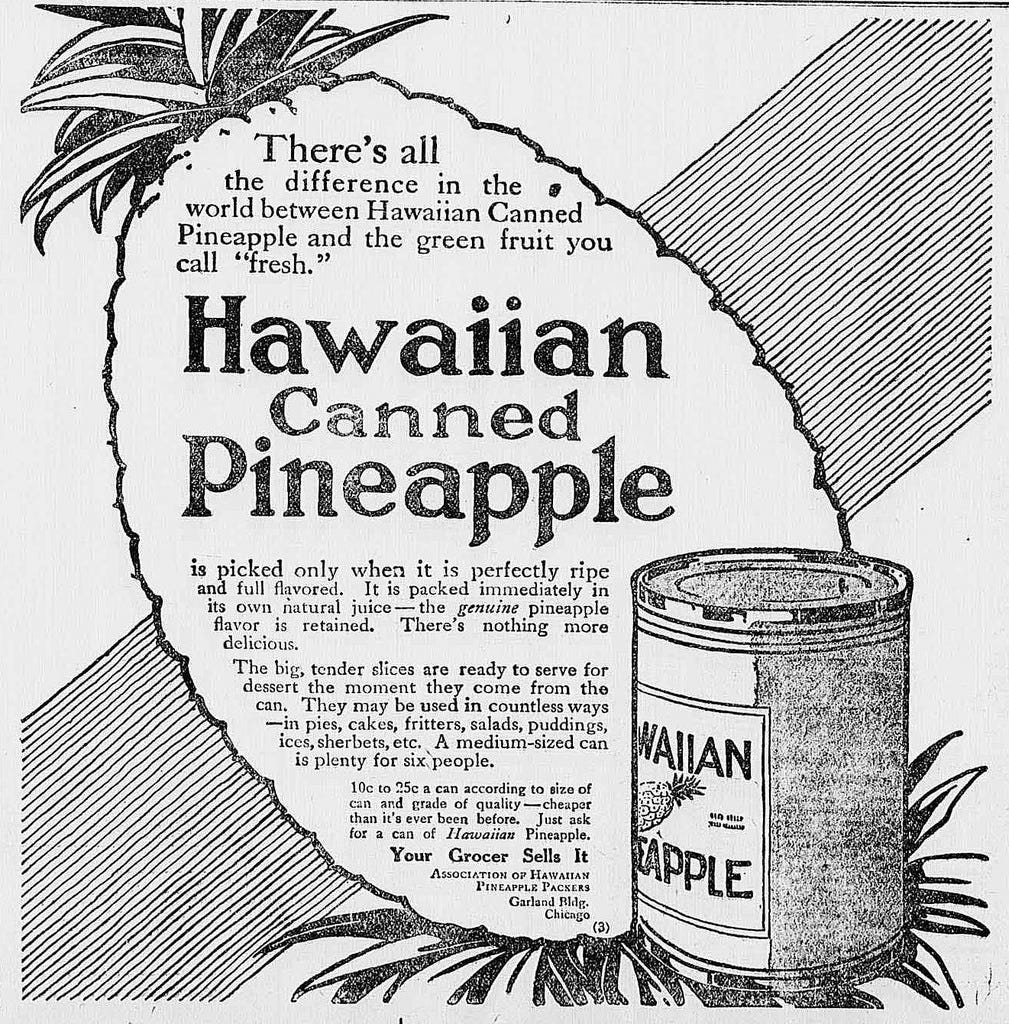



Share this post